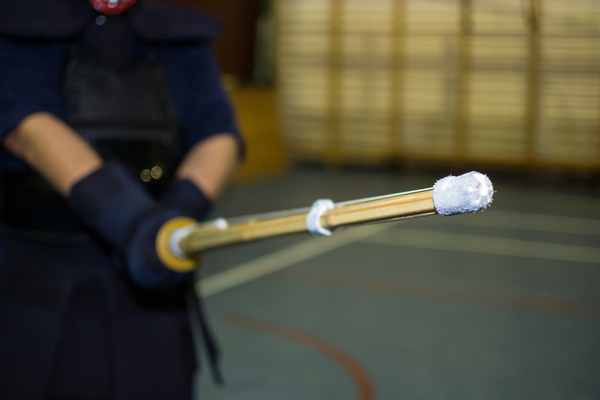It is a sword martial art that gained a great boost in the early 19th century. The creators of this discipline had noble goals and a concept that guides the Japanese youth to the traditional, samurai way of being, tempering the body and mind.
Almost all Japanese police officers advance their sword skills in their free time. It is believed that practicing this art of fighting develops reaction and the ability to act when the count goes to tenths or even hundredths of a second.

Side branches of this discipline
There are several side branches with varying degrees of popularity. Among them, there are fighting with two swords at the same time (long and short), using the naginata, and even fencing with rifles with attached bayonets (“jukendo”). However, all this is rather for professionals. Beginners are waiting for the classic two-handed sword. The usual system of dans for martial arts is used: from the first to the eighth. After receiving the first one, you need to train for at least a year, after the second – two, and so on. That is, in order to start passing to the eighth dan, you must have been practicing kendo for at least – or even more – twenty-eight years.
In Japan, there is even a separate championship for eighth dans, in which far from young people show beautiful and spectacular fights. So if you want to live until retirement as a cheerful sensei, able to hold many hours of seminars and a dozen fights in a row, try to master these fighting techniques. This art is open to everyone, regardless of gender and age.
What are the related disciplines to kendo?
There are some other disciplines that have some connection to kendo:
- Laido: Describes different schools (ryuha) that perform drawing the sword from sitting, kneeling and standing positions and then performing the first techniques (cuts and thrusts) in kata form without an existent opponent. In order to enable cross-school training and tournaments, the All-Japanese Kendo Federation (ZNKR – Zen Nippon Kendo Renmei) has created standardized techniques across all ryu (seitei-iai). In terms of technique, Iaido is closely related to Kendo.
- Jodo: The fight with a 128 cm long hardwood stick against a sword, which is practiced in kata form in training and also in championships. Today’s most commonly practiced style of Shindo Muso ryu goes back to Muso Gonnosuke, who adapted and systematized techniques from kenjutsu (sword), sojutsu (spear) and naginatajutsu (halberd) for the stick (jo). The All-Japanese Kendo Federation has also created unified techniques here (seitei-jo).
- Aikido: Many movements of Aikido are derived from the fights with the sword, Ueshiba Morihei (1883-1969), the founder of modern Aikido, originally received a Kendo training accordingly. In Aikido, many techniques are also practiced with and against a (wooden) sword.

